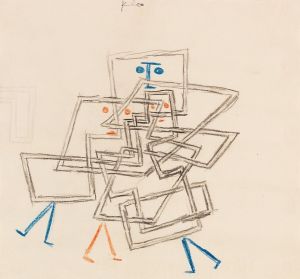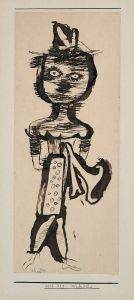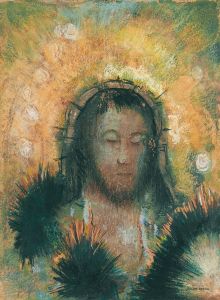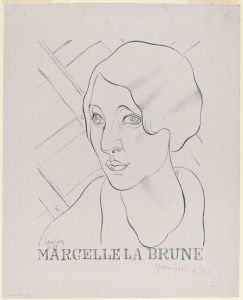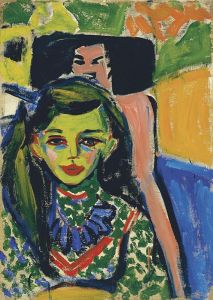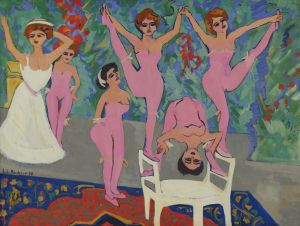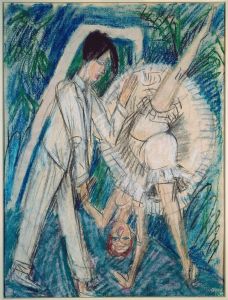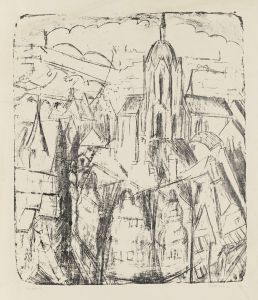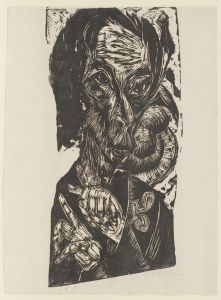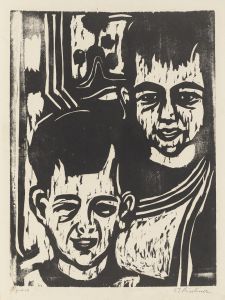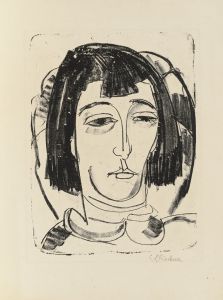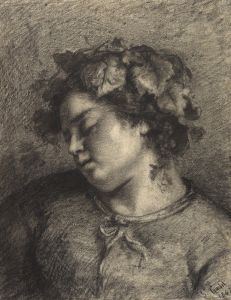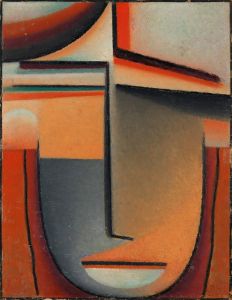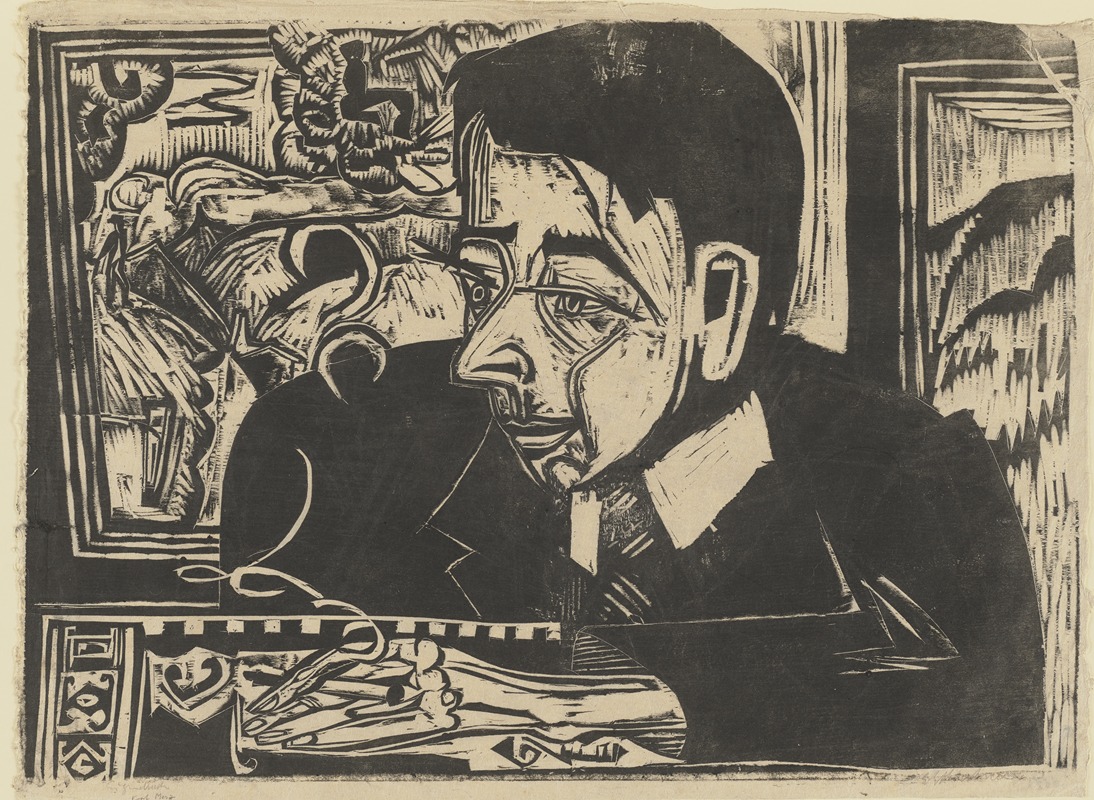
Kopf Merz
A hand-painted replica of Ernst Ludwig Kirchner’s masterpiece Kopf Merz, meticulously crafted by professional artists to capture the true essence of the original. Each piece is created with museum-quality canvas and rare mineral pigments, carefully painted by experienced artists with delicate brushstrokes and rich, layered colors to perfectly recreate the texture of the original artwork. Unlike machine-printed reproductions, this hand-painted version brings the painting to life, infused with the artist’s emotions and skill in every stroke. Whether for personal collection or home decoration, it instantly elevates the artistic atmosphere of any space.
Ernst Ludwig Kirchner (1880-1938) was a German expressionist painter and one of the founders of the artists' group Die Brücke, which played a pivotal role in the development of modern art in the early 20th century. Kirchner's work is characterized by its bold use of color, dynamic compositions, and emotional intensity. One of his notable works is "Kopf Merz," which translates to "Head Merz."
"Kopf Merz" is a striking example of Kirchner's expressionist style. The painting features a portrait of a head, rendered with exaggerated features and vibrant colors. Kirchner's use of bold lines and stark contrasts creates a sense of immediacy and emotional depth. The subject's face is depicted with intense, almost mask-like qualities, reflecting the artist's interest in primitive art and his desire to convey raw human emotion.
Kirchner's work often explored themes of modernity, urban life, and the human condition. "Kopf Merz" is no exception, as it captures the psychological complexity of its subject through its distorted forms and vivid palette. The painting's title, "Merz," is a term associated with the Dada movement, particularly with the work of Kurt Schwitters, who used it to describe his collage and assemblage art. While Kirchner was not directly involved with Dada, the use of the term in the title suggests a connection to the avant-garde movements of the time and their shared interest in breaking away from traditional artistic conventions.
Throughout his career, Kirchner was deeply influenced by the rapid changes in society and the impact of World War I. His experiences as a soldier and the subsequent trauma he endured are reflected in the intensity and often somber tone of his work. "Kopf Merz" can be seen as part of this broader context, where the artist grapples with the anxieties and uncertainties of the modern world.
Kirchner's contributions to art were significant, and his work has been celebrated for its innovative approach and emotional power. Despite facing personal struggles, including mental health issues and the rise of the Nazi regime, which labeled his work as "degenerate art," Kirchner continued to create and influence the art world until his death in 1938.
Today, "Kopf Merz" and other works by Kirchner are held in high regard and can be found in major art museums and collections around the world. They serve as a testament to his enduring legacy and the impact of expressionism on the course of modern art.





